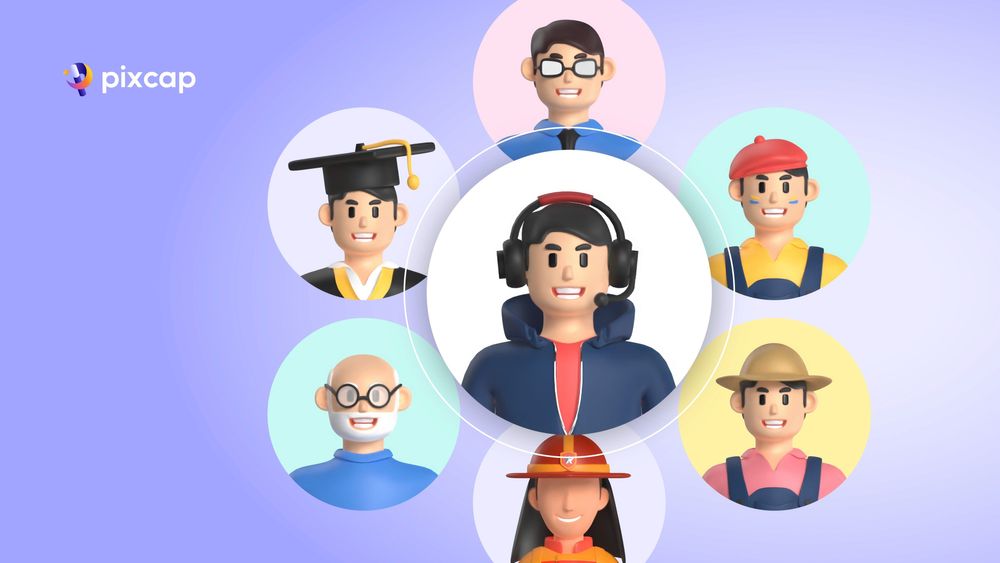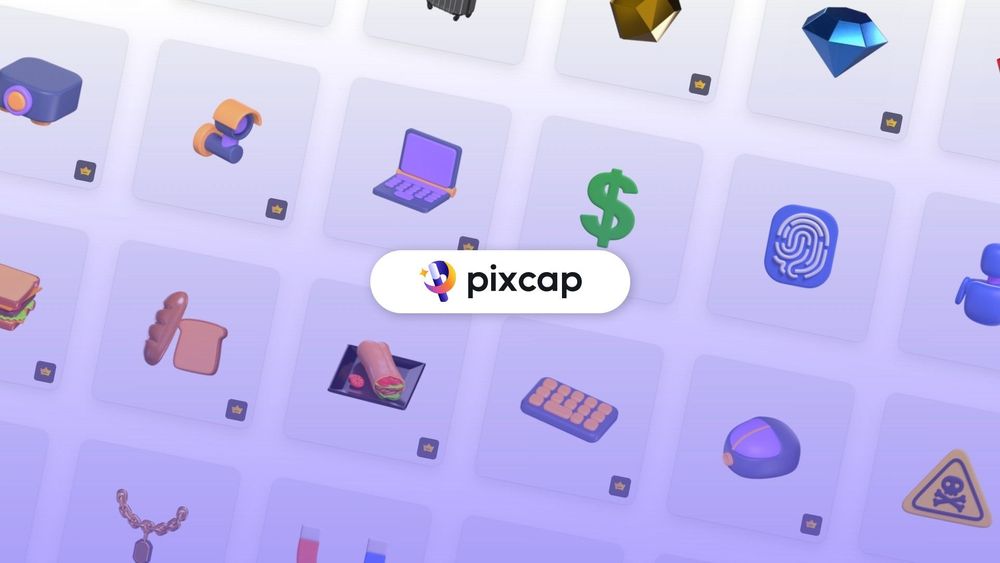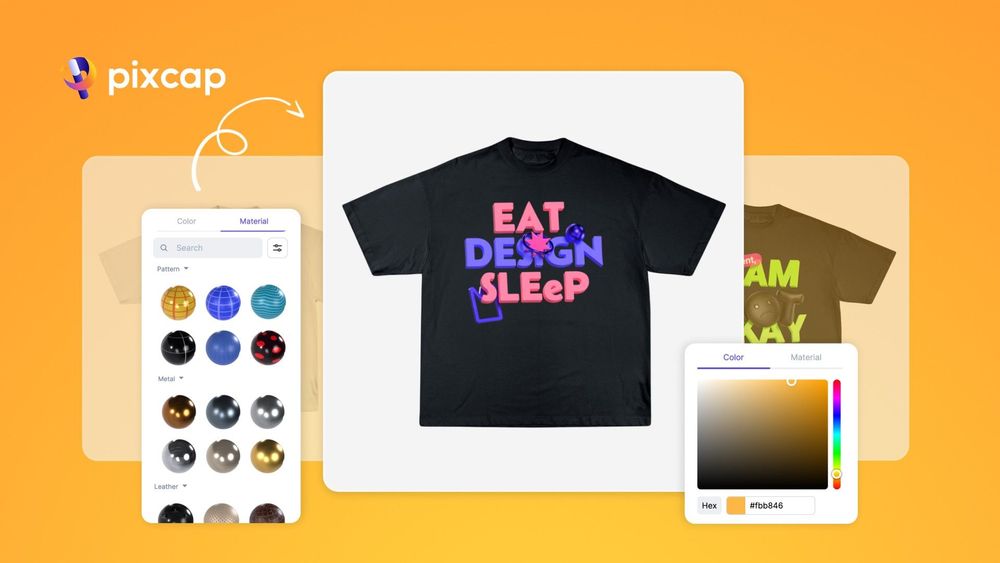The bridge to this futuristic vision is closer than ever, and it all starts with creating 3D avatars. These digital representations are transforming how we interact within the burgeoning spaces of online games, social platforms and the vast realms of metaverse environments. They stand at the confluence of imagination and technology, providing not just a visual representation but an entire identity. Let's delve into this fascinating journey where art meets artificial intelligence and creativity fuses with computing power.
Introduction to Creating 3D Avatars
The significance of avatars extends well beyond their aesthetic appeal. Avatars serve as our proxies in the digital frontier – they represent us in gaming, social media, virtual reality (VR), and increasingly in professional environments. These effigies aren’t mere embellishments; they carry our personalities into realms unbound by physical realities.
In virtual communities, avatars are often the first point of contact between users, shaping first impressions and facilitating connections that transcend geographical boundaries. Moreover, for individuals with disabilities or those seeking anonymity, avatars can provide a means to participate without constraints associated with physical appearance or location.
As we edge closer to realizing fully-realized metaverses—networks of 3D virtual worlds focused on social connection—avatars are poised to become indispensable components enabling us to live out asynchronous lives: one grounded in tangible reality, the other limitless within the digital spectrum.
Benefits of using realistic and customizable avatars
Crafting a unique avatar carries many advantages that enhance user engagement:
Self-Expression: Customizable avatars allow individuals to express themselves more vividly than words often convey. Whether fine-tuning facial features or selecting garb that speaks volumes about personal style; every choice contributes towards carving out a distinctive digital persona.
Enhanced Interaction: Using realistic human-like avatars improves communication cues like gestures and expressions during interactions which could lead to deeper levels of empathy among participants in a virtual setting.
Personal Branding: In professional settings such as conferences or trade events hosted virtually, having an avatar that resembles one’s actual appearance reinforces personal branding efforts.
Accessibility: For people who face barriers engaging with others due to various reasons including cultural differences or language skills deficits amongst others; an avatar presents itself as a non-threatening interlocutor enabling easier assimilation within groups.
The evolution from text-based emoticons to intricate three-dimensional figures personifies progress not only technologically but also culturally—heralding an era where identities thrive uninhibited by corporeal limitations.
How to Turn People into Realistic Avatars
Turning a person into a realistic 3D avatar involves a magical blend of technology and artistry. This seemingly futuristic concept is now more accessible than ever, thanks to advancements in digital tools and software. It's an exciting process that can bring a user's identity to life in the virtual world.
Overview of the avatar creation process
Creating a 3D avatar starts with capturing the essence of a person – typically this means gathering visual data such as photos or 3D scans. Advanced software then processes this data to create a digital skeleton, at which point it overlays the captured facial features and textures onto this framework. The level of sophistication in these avatars varies, with some systems capable of animating expressions and movement to reflect real human nuances.
The typical steps involved:
Data Capturing: Using cameras or scanning devices to capture a range of images or scans of an individual.
Rendering: Converting these images into a textured 3D model that represents the person’s head and face.
Rigging: Adding a virtual skeleton so the avatar can move realistically.
Refinement: Fine-tuning details like skin tone, eye color, and hair texture for greater realism.
The beauty here lies not just in replication but also customization options allowing users to alter their digital selves in fun ways they couldn't easily do in real life.
Using phone cameras for quick and easy avatar creation
Incredibly, your smartphone is now powerful enough to turn selfies into personalized avatars swiftly! Apps leveraging AI algorithms can transform single pictures from your front-facing camera into a three-dimensional figure with remarkable accuracy – think about those intricate details on your skin or the slight asymmetry in your smile being mirrored digitally by just pointing and clicking.
Here's how it works effectively:
Capture: Snap one or multiple shots using your phone’s high-resolution camera.
Upload: Integrate them into an app designed specifically for avatar creation.
Refine: Adjust any attributes if necessary — sometimes apps offer immediate results needing little tweak!
This simplicity has democratized access to creating personal avatars for gaming profiles, social media presence, or immersive experiences without specialized equipment.
Exploring different avatar styles (realistic, voxel, cartoon, etc.)
A kaleidoscope of aesthetics awaits anyone diving into avatar creation! The spectrum ranges from hyper-realistic models that mirror every contour and blemish on your face all the way across to stylized renditions reminiscent of video game characters:
Realistic: Mimics precise human anatomy; captures minute detail down to individual hairs and pores
Voxel: Composed of blocky pixels (voxels), offering charmingly retro character much like classic 8-bit games
Cartoon: Oversimplified lines emphasizing caricature; bold colors convey mood rather than reality
Each style brings with it its own appeal depending on context – whether nailing an authentic professional look within business applications or embracing creativity within vast interactive worlds.
Avatar customization options and features
Once you've established the base design for your 3D doppelganger using photographs or scans, brace yourself because this is where things get seriously fun! Customization options vary widely between platforms but commonly include:
Hairstyles: Switch up dos effortlessly!
Wardrobe: Amass infinite virtual closets able find perfect outfit
Facial Features: Play around with shape sizes until sitting just right
Accessories: Don glasses piercings even outrageous unicorn horns whim takes
It permits ongoing transformation beyond initial creation — altering avatars based moods trends even seasons represent dynamic digital lived experiences users smart rendering capabilities bring personal touches make undeniable unique each tailored personality lifestyle aspirations
And remember precious readers crafting personalizing own reflection cyberspace isn’t only futuristic thrill—it’s chance express complex identity innovative delightful let creativity fly begin adventure today!
Integrating 3D Avatars in Your Product
When you decide to enhance your product with the inclusion of 3D avatars, you are not simply adding a feature; you are opening the door to an immersive and personalized user experience. Whether for gaming platforms, virtual reality experiences, or applications that benefit from a more humanized interaction, 3D avatars can be incredibly transformative.
Benefits of integrating avatars in metaverse, games, or apps
The integration of 3D avatars into digital products such as metaverses, games, or apps brings several advantages:
Increased Engagement: Users find themselves more engaged when they interact through a customizable character that reflects their own identity or desired persona.
Personalization: With a unique avatar representing them in a digital space, users feel a stronger connection to the experience. This personal touch often translates into longer sessions and increased loyalty.
Improved Social Interaction: Avatars serve as stand-ins for real people in digital environments. Their presence fosters social interactions that can build community and enhance collaboration within the platform.
Enhanced Accessibility: For individuals who may face physical world limitations, avatars offer an empowering way to engage fully with digital environments without constraints.
The adoption of avatars has far-reaching implications for inclusivity and engagement within any interactive platform.
Plugins and tools for seamless integration
Facilitating the incorporation of 3D avatars into your product means leveraging plugins and tools designed specifically to take on this complex task. Some key solutions include:
Avatar SDKs: These Software Development Kits provide developers with libraries of code making it easier to add avatar functionality into existing systems.
Middleware Solutions: Often these will slot-in between your platform's infrastructure and the rendering engine used to create the visually rich avatar elements.
Customizable Asset Libraries: They come packed with pre-designed avatar accessories like clothes, hairstyles etc., which expedites content production while maintaining high-quality standards.
Browse Pixcap avatar library here. You can customize avatars and export your designs as PNG, GLB.

By utilizing these specialized tools, what might once have been a monumental undertaking becomes manageable—even effortless—for developers.
Compatibility with different platforms and systems
Ensuring compatibility across various platforms is vital for the broad acceptance of your product. Thankfully, modern avatar creation tools and plugins have been developed with cross-platform interoperability in mind. Here's how compatibility issues are typically addressed:
Multi-platform support: Most tools today offer out-of-the-box support for major operating systems (iOS, Android) and application types (web-based services).
Standard file formats: By adhering to widely accepted 3D file formats such as FBX or GLTF, assets made on one system can be easily transferred and utilized on another.
Flexible APIs: Application Programming Interfaces designed for extensibility facilitate communication between different pieces of software despite their disparate natures.
This focus on compatibility ensures that no matter where users are interacting with their avatars—be it PC, mobile device or VR headset—they encounter a consistent experience free from technical hiccups.
Integrating 3D avatars into your digital ecosystem could dramatically reshape how users connect with your product—and each other. Harnessing state-of-the-art technology streamlines this process significantly. The next step involves choosing the right set of tools—one such tool being Avaturn—which we will examine further ahead in our exploration into creating captivating 3D characters.
Tips and tricks for optimizing avatar customization
Creating an engaging 3D avatar doesn't stop at visual appeal—it extends into the domain of profound personal expression. To help you master this art form, here are some valuable tips:
Harness High-Quality Reference Images: Starting with high-definition images—or better yet, 3D scans when available—can make all the difference in crafting a true-to-life digital clone.
Fine-Tune Proportions: Minor adjustments can dramatically affect realism. Pay special attention to facial proportions and body alignment to avoid uncanny discrepancies.
Incorporating these strategies will elevate your capability to produce avatars that resonate personally with users. They'll appreciate not only making their virtual counterpart look uniquely theirs but also feeling represented authentically in the digital space—which is crucial as our lives become increasingly intertwined with virtual environments.
Keep your eye on my blog for ongoing revelations addressing intricacies in customizing attire options or manipulating advanced rigging techniques for nuanced motion. There’s always something fresh to learn or experiment with—dive in and explore how far you can push the envelope in creating truly customized 3D representations!
Conclusion
Personalized avatars give users control over their identity, opening doors to creativity and self-expression unbounded by physical limitations. The seamless integration of such technology into platforms—whether they are games, social networks, or professional environments—enhances user interaction, fosters community building, and potentially increases platform retention.





